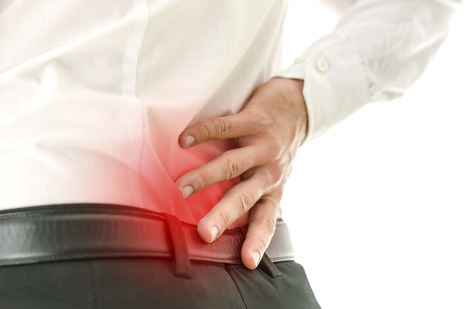The piriformis muscle, a small muscle located deep in the buttocks, plays the important role of rotating the legs outwards. Piriformis syndrome is a painful condition that occurs when the piriformis muscle becomes too tight, compressing the sciatic nerve that runs through the buttocks. Characterized by symptoms of pain, tenderness, and occasionally, numbness around the area of the buttocks, piriformis syndrome symptoms may also expand down an individual’s leg including the calf.
Piriformis syndrome can be caused by several reasons but there are two frequently notable causes for the condition. First, sitting for extended periods of time can cause the piriformis muscle to tighten. Second, an accident resulting in direct injury such as a fall or a sports-related injury can damage the piriformis muscle. Trauma to this muscle in the buttocks can cause the surrounding tissue to become inflamed and swollen, leading to compression and possible irritation of the sciatic nerve.
Muscle spasms can also cause piriformis syndrome. Usually starting as a muscle strain, a muscle spasm can occur abruptly and cause pain. However, the source of muscle spasms can frequently be unknown. Regardless of the initial cause, being aware of your treatment options for piriformis syndrome is essential towards alleviating the painful symptoms and healing the condition.



 Your new post is loading...
Your new post is loading...











Piriformis syndrome, caused by muscle stiffness or irritation of the surrounding tissues of the piriformis muscle, can benefit greatly from chiropractive treatment. Although often treated through the use of medications, a chiropractor can naturally adjust and manipulate the spine or joints to loosen the tight muscles of the region and increase blood flow in order to heal the condition. For more information, please feel free to ask Dr. Jimenez or contact us at (915) 850-0900.